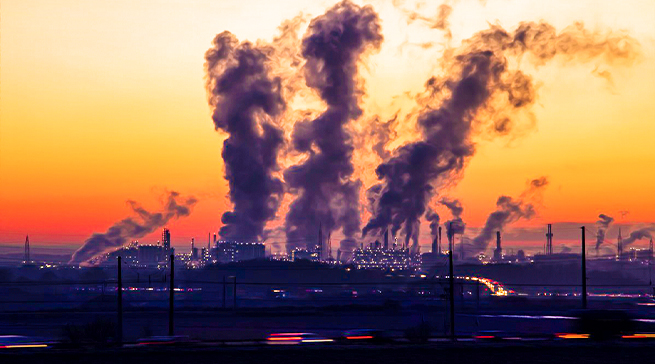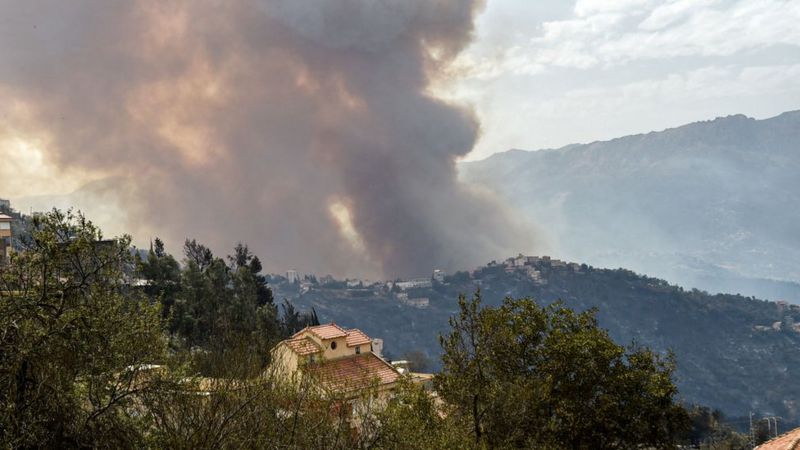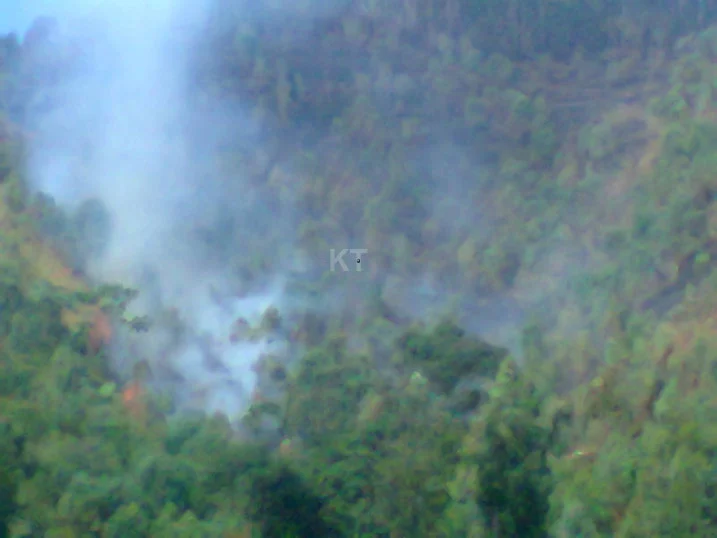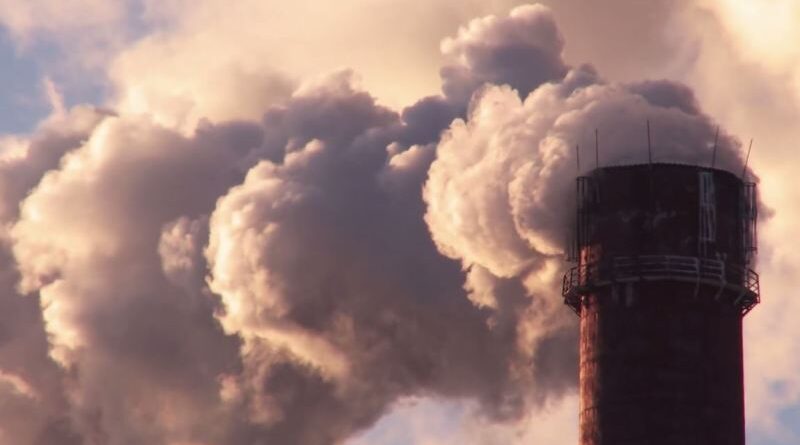Cement industry and Climate Change: Rwanda’s Path to a Greener Future
As Rwanda continues to invest in building a green economy, the government aims to mitigate and reduce the impacts of natural disasters and climate change over the next five years, while also cutting greenhouse gas emissions by at least 38%.
Housing and construction, if not carried out sustainably, can significantly harm the environment.
Global development largely depends on residential and commercial buildings, which in turn require construction materials like cement. This highlights how the expansion of the cement industry aligns with the development trajectory of nations worldwide. However, scientific studies show that industrial activities are a major driver of climate change. Large factories and corporations contribute significantly to environmental degradation and global warming.
How does industrial growth contribute to climate change?

The production of clinker—a key component in cement—accounts for about 90% of greenhouse gas emissions in cement manufacturing. Cement plants are among the highest emitters of CO2, contributing around 5% of the global carbon dioxide emissions.
According to research by the science-focused platform www.nrdc.org, both the production and use of cement generate substantial air pollution and are linked to serious health issues. Cement factories rank third among top industrial air polluters, emitting gases such as sulfur dioxide, nitrogen oxides (NOx), and carbon monoxide.
Communities living near cement factories often experience negative health and environmental effects. Cement dust contaminates the air, water, crops, and even laundry. A resident from Nyenyeri Village, Shara Cell, Muganza Sector, shared how one of his children developed heart disease, allegedly caused by emissions from the nearby CIMERWA cement factory.
Researchers estimate that 9% of the world’s annual CO2 emissions come from cement usage. These emissions contribute to water scarcity, rising temperatures, and the breakdown of plastics, which then mix with other harmful pollutants.
In 2011, Rwanda launched the Green Growth and Climate Resilience Strategy (GGCRS) aiming to become a climate-resilient, low-carbon nation by 2050.
Through the Rwanda Environment Management Authority (REMA), the government urges local investors to advocate for climate-friendly investments, particularly in green building materials, including alternatives to traditional cement.
Climate-Resilient construction Is possible
Despite the environmental impact of cement, Rwanda has implemented quality control systems for construction materials. Vivien Munyaburanga, an expert in climate-resilient construction, emphasizes that Rwanda is advancing in promoting the use of certified materials and educating builders on climate-smart practices.
He highlighted over 100 houses built in Gicumbi District as part of the Green Gicumbi Project, which is funded by the Green Climate Fund (GCF) and implemented by the Rwanda Green Fund in collaboration with REMA and the Ministry of Environment. This project, now five years running, has already cut over 108,000 tons of CO2 emissions.
Jean Marie Vianney Kagenza, the project manager, explained that interventions across nine sectors in Gicumbi—such as watershed protection, forest restoration, terrace farming, and water harvesting—have significantly contributed to climate resilience and emission reduction.

According to the latest World Bank report, Rwanda could lose up to 7% of its GDP by 2050 due to climate change. These climate-related losses are projected to slow economic growth and poverty reduction initiatives.
To address these challenges, Rwanda must strengthen its climate adaptation strategies and reduce human activities that emit greenhouse gases.
The World Bank estimates that achieving these goals will require around $11 billion—approximately 8.8% of Rwanda’s annual GDP—to fund necessary climate initiatives.
In response, Rwanda has joined international climate agreements, including the Paris Agreement, which obligates signatory countries to develop concrete emission reduction plans.
What’s Needed?
To achieve a 38% emissions reduction by 2030, Rwanda requires $11 billion, exceeding its annual GDP. Of that, $5.3 billion is needed to cope with existing climate impacts, while $5.7 billion is necessary to implement preventive measures.
The government expects these funds to come from international aid and climate-focused investments. Rwanda is also piloting a carbon offset initiative, or “carbon market,” where companies are issued emissions permits. Firms that emit less can sell their surplus permits to those exceeding their limits, creating a financial incentive to go green.
If fully implemented, this system could reduce emissions by 60–80% by 2050—an ambitious yet attainable goal in Rwanda’s climate journey.


